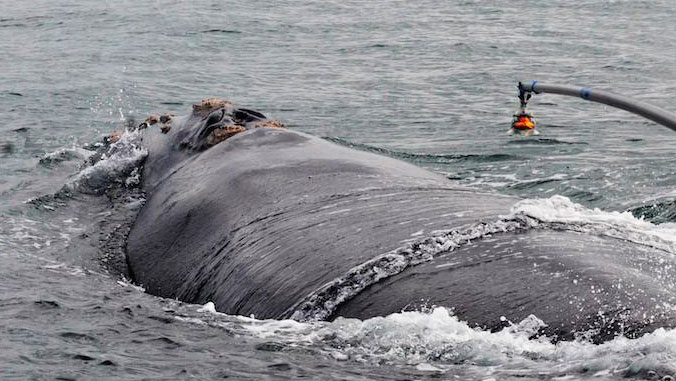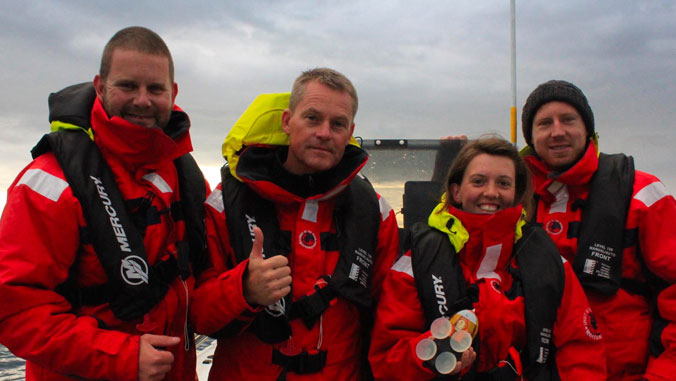
Southern right whale mothers and their calves shelter in the noisy surf, stay in close proximity and effectively whisper—calling softly less than once per dive—to avoid attracting any unwanted attention.
Those are the findings of a team of international researchers including Lars Bejder from the Marine Mammal Research Program in the School of Ocean and Earth Science and Technology (SOEST) at the University of Hawaiʻi at Mānoa.
“We believe the whales’ unconventional choice of location in the crashing surf and their low-volume communication conceal and ultimately protect them from the unwanted attention of predators,” said Bejder.
Mom-to-calf communication
Most mammalian new mothers are fiercely protective of their offspring. Even 15- to 30-foot-long southern right whale calves are vulnerable to attack by predators such as killer whales, so they may try to hide by gravitating to cloudy water. But the loss of visual contact could force the mothers and youngsters to call out to each other more, increasing the risk of attracting the wrong attention.
Answers were found when the research team traveled by boat to Flinders Bay, off the southern tip of Western Australia where southern right whales breed. Stealthily approaching the whales resting at the surface, the researchers attached sound recording tags to nine mother-and-child pairs and recorded 63 hours of interactions.
“It was difficult to assign the calls to either the calf or the mom, because they are so close to each other,” said lead author Mia Nielsen from Aarhus University in Denmark.
When the calls were instead attributed to a mother-calf group, it became clear that the animals were producing two types of calls, a grunt and a mooing sound, that were communicated less than once per dive. Also, when the researchers analyzed the sound volume of the calls, it was surprising how quiet the grunts and moos were.
The team concluded that the pounding waves drowned out the calls within a few hundred meters, making it difficult for killer whales to eavesdrop on the soft conversations between the close pairs.
The study was published in the Journal of Experimental Biology.
For the full story, see the SOEST website.
—By Marcie Grabowski


